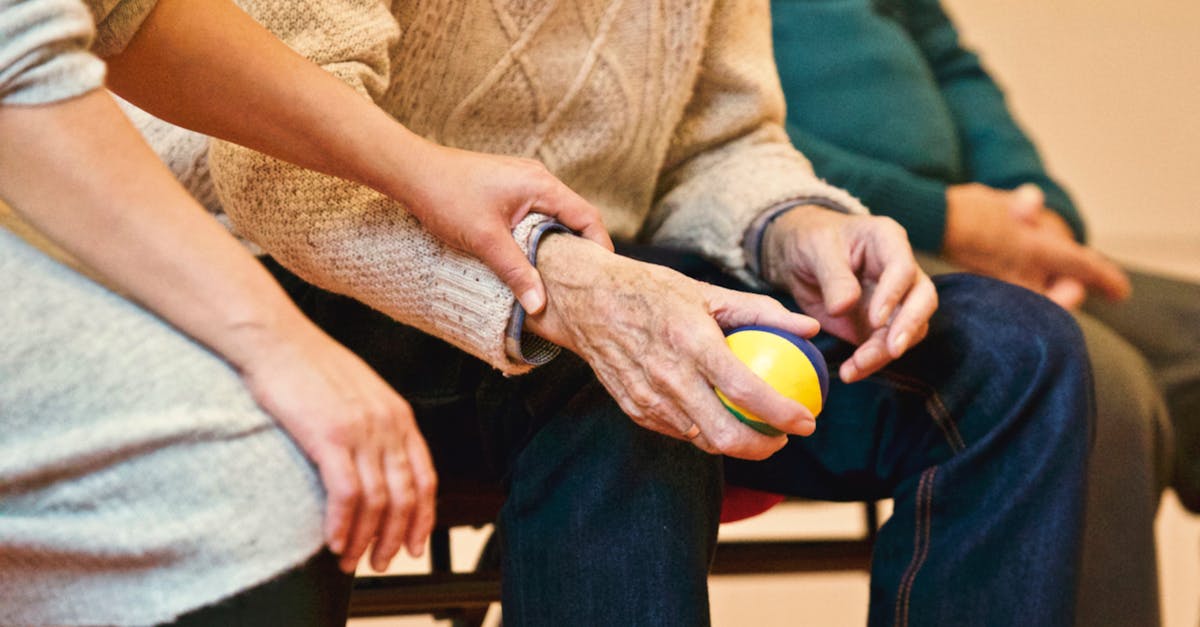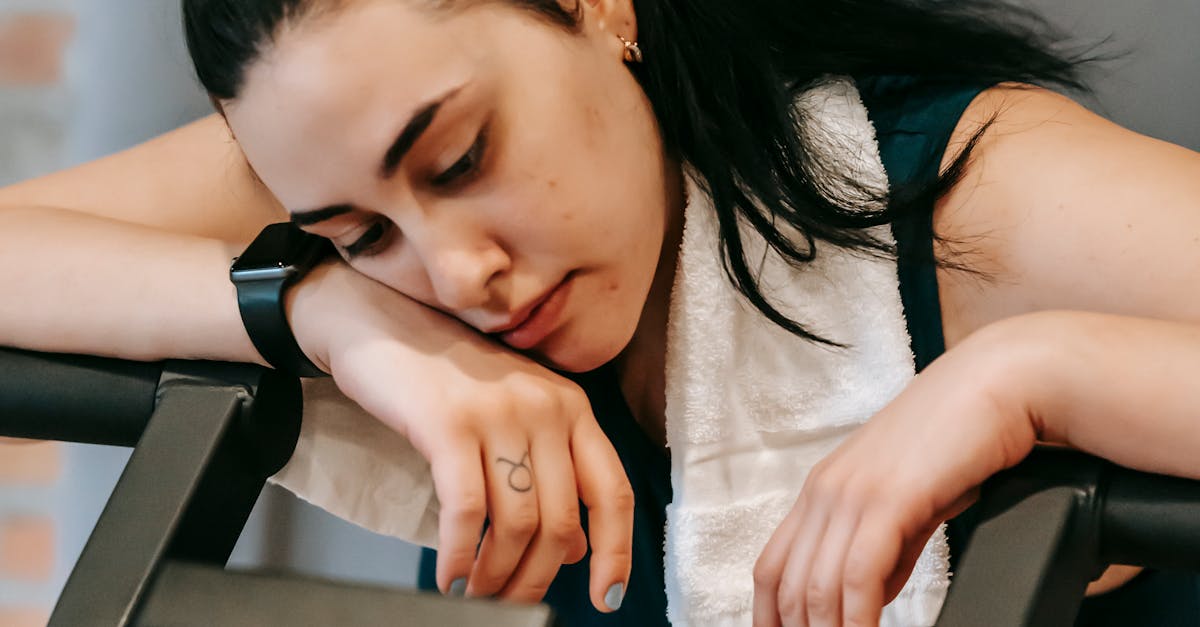Hip Flexor and IT Band Pain: A Comprehensive Guide to Management and Relief
Relieve Hip Flexor and IT Band Pain: A Journey to Improved Mobility and Well-being

Hip flexor and IT band pain are common issues that can significantly impact mobility and daily life. Understanding the underlying causes and implementing effective management strategies is crucial for alleviating pain and restoring optimal function. This comprehensive guide delves into the anatomy, causes, and symptoms associated with hip flexor and IT band pain, providing practical stretches, exercises, and lifestyle modifications for effective pain management. Additionally, it explores medical interventions and therapy options for chronic or severe cases, along with valuable resources and support for individuals seeking additional information and community.
1. Understanding Hip Flexor and IT Band Pain
Understanding Hip Flexor and IT Band Pain
The hip flexors are a group of muscles located at the front of the hip that are responsible for lifting the thigh towards the body. The IT band (iliotibial band) is a thick band of connective tissue that runs along the outside of the thigh, from the hip to the knee. Both the hip flexors and IT band can become painful due to overuse, tight muscles, or improper biomechanics.
Common causes of hip flexor pain include:
- Overuse from activities like running, cycling, or dancing
- Tight hip flexor muscles due to prolonged sitting or inactivity
- Muscle strains or tears
- Pelvic tilt or other biomechanical imbalances
Common causes of IT band pain include:
- Overuse from activities like running, cycling, or hiking
- Tight IT band due to weak hip abductor muscles
- Improper running form
- Leg length discrepancies
Symptoms of hip flexor and IT band pain can include:
- Pain in the front of the hip or on the outside of the thigh
- Stiffness or tightness in the hip or thigh
- Pain that worsens with activity
- Tenderness to the touch
- Popping or clicking sounds in the hip
2. Effective Stretches and Exercises

Effective Stretches and Exercises for Hip Flexor and IT Band Pain
Stretches:
- Hip flexor stretch: Kneel on one knee and place the other foot flat on the floor in front of you. Lean forward and push your hips forward until you feel a stretch in the front of your hip. Hold for 30 seconds and repeat on the other side.
- IT band stretch: Stand with your feet hip-width apart. Cross your left leg over your right and bend your right knee slightly. Lean to the left and reach your right arm overhead. Hold for 30 seconds and repeat on the other side.
Strengthening exercises:
- Hip flexor strengthening: Lie on your back with your knees bent and feet flat on the floor. Lift your hips off the ground until your body forms a straight line from your shoulders to your knees. Hold for 30 seconds and lower back down. Repeat 10-15 times.
- IT band strengthening: Lie on your side with your bottom leg bent and your top leg extended. Lift your top leg up and down, keeping your knee straight. Hold for 30 seconds and lower back down. Repeat 10-15 times on each side.
It’s important to perform these stretches and exercises regularly to improve flexibility, reduce tightness, and alleviate pain in the hip flexors and IT band. Always consult with a healthcare professional before starting any new exercise program, especially if you have any underlying health conditions.
3. Lifestyle Modifications for Pain Management
Lifestyle Modifications for Hip Flexor and IT Band Pain Management
Proper warm-up techniques: Warming up before exercise is essential to prepare the muscles for activity and reduce the risk of injury. For hip flexors and IT band, dynamic stretches that involve movement are particularly beneficial. Some examples include leg swings, hip circles, and lunges.
Ergonomic considerations: Paying attention to ergonomics can help reduce strain on the hip flexors and IT band, especially for those who sit for long periods. Ensure your chair provides good support and adjust your workstation so that your feet are flat on the floor and your thighs are parallel to the ground. If possible, take frequent breaks to get up and move around.
Activity modifications: If you experience hip flexor or IT band pain during certain activities, it’s important to modify or avoid those activities until the pain subsides. For example, if running aggravates your pain, try switching to low-impact activities like swimming or cycling. Gradually increase the intensity and duration of your activities as your pain improves.
4. Medical Interventions and Therapy

Medical Interventions and Therapy for Hip Flexor and IT Band Pain
Physical therapy: Physical therapy is often the first line of treatment for chronic or severe hip flexor or IT band pain. A physical therapist can assess your condition, develop a personalized treatment plan, and guide you through exercises and stretches to improve flexibility, strength, and range of motion.
Injections: In some cases, injections of corticosteroids or other medications may be used to reduce inflammation and relieve pain. Injections are typically only used for short-term pain relief and are not a long-term solution.
Surgery: Surgery is rarely necessary for hip flexor or IT band pain. However, it may be an option if other treatments have failed to provide relief and the pain is significantly impacting your quality of life. Surgery typically involves releasing the tight hip flexor muscles or IT band.
5. Additional Resources and Support
Additional Resources and Support for Hip Flexor and IT Band Pain
- The American Academy of Orthopaedic Surgeons (AAOS): https://www.aaos.org/
- The National Institute of Arthritis and Musculoskeletal and Skin Diseases (NIAMS): https://www.niams.nih.gov/
- The Arthritis Foundation: https://www.arthritis.org/
These organizations provide a wealth of information on hip flexor and IT band pain, including causes, symptoms, treatment options, and prevention tips. They also offer support groups and online forums where individuals can connect with others who are experiencing similar issues.
Quiz: Test Your Understanding of Hip Flexor and IT Band Pain
Multiple Choice
- Which of the following is a common cause of hip flexor pain?
(a) Overuse (b) Weak hip abductor muscles (c) Leg length discrepancies (d) All of the above
- Which of the following is a symptom of IT band pain?
(a) Pain on the outside of the thigh (b) Stiffness in the hip (c) Tenderness to the touch (d) All of the above
True/False
- Stretching and strengthening exercises can help to alleviate hip flexor and IT band pain.
- Surgery is always the best treatment option for hip flexor and IT band pain.
- It is important to warm up properly before exercising to reduce the risk of hip flexor and IT band pain.
Answer Key
Multiple Choice
- (d) All of the above
- (d) All of the above
True/False
- True
- False
- True
